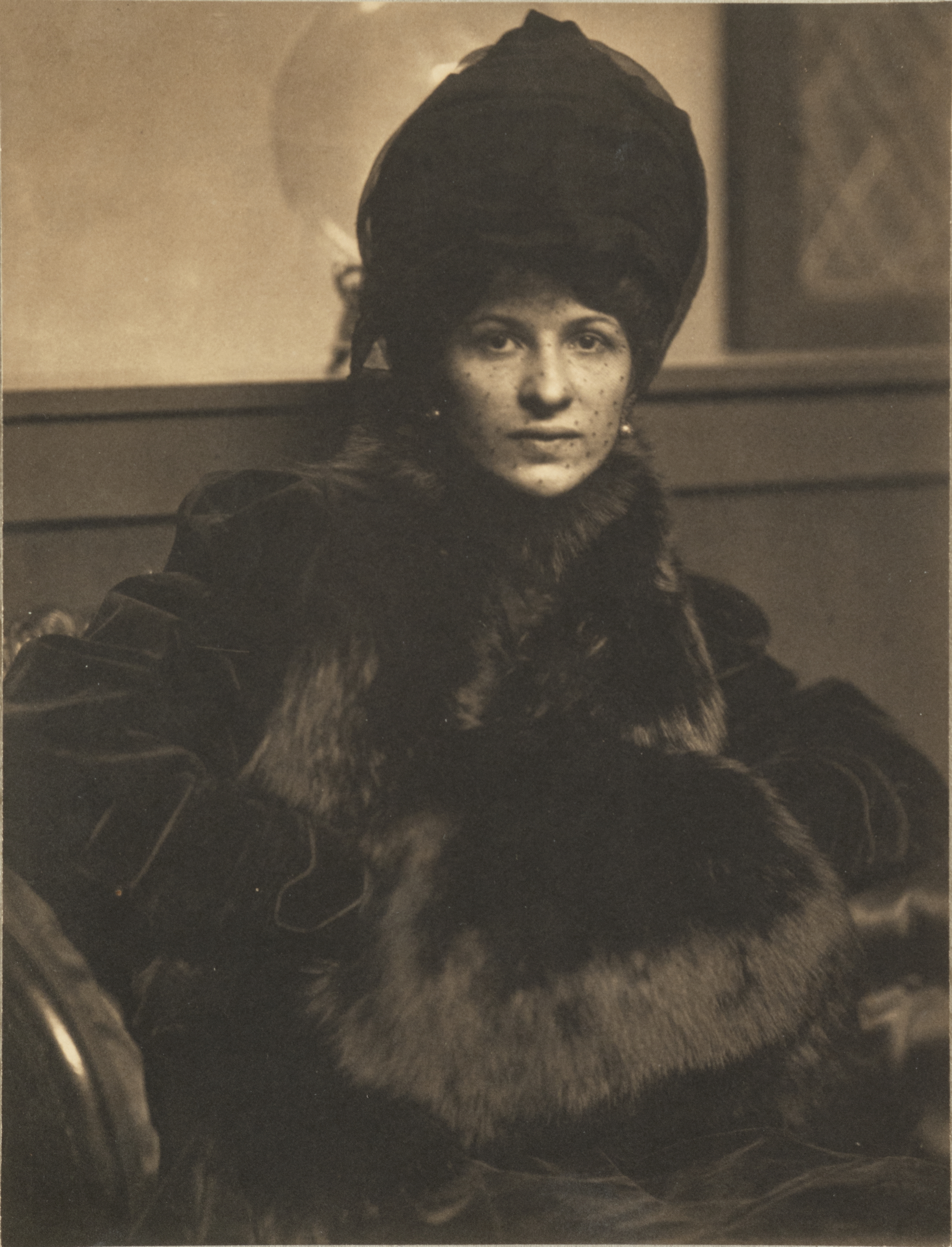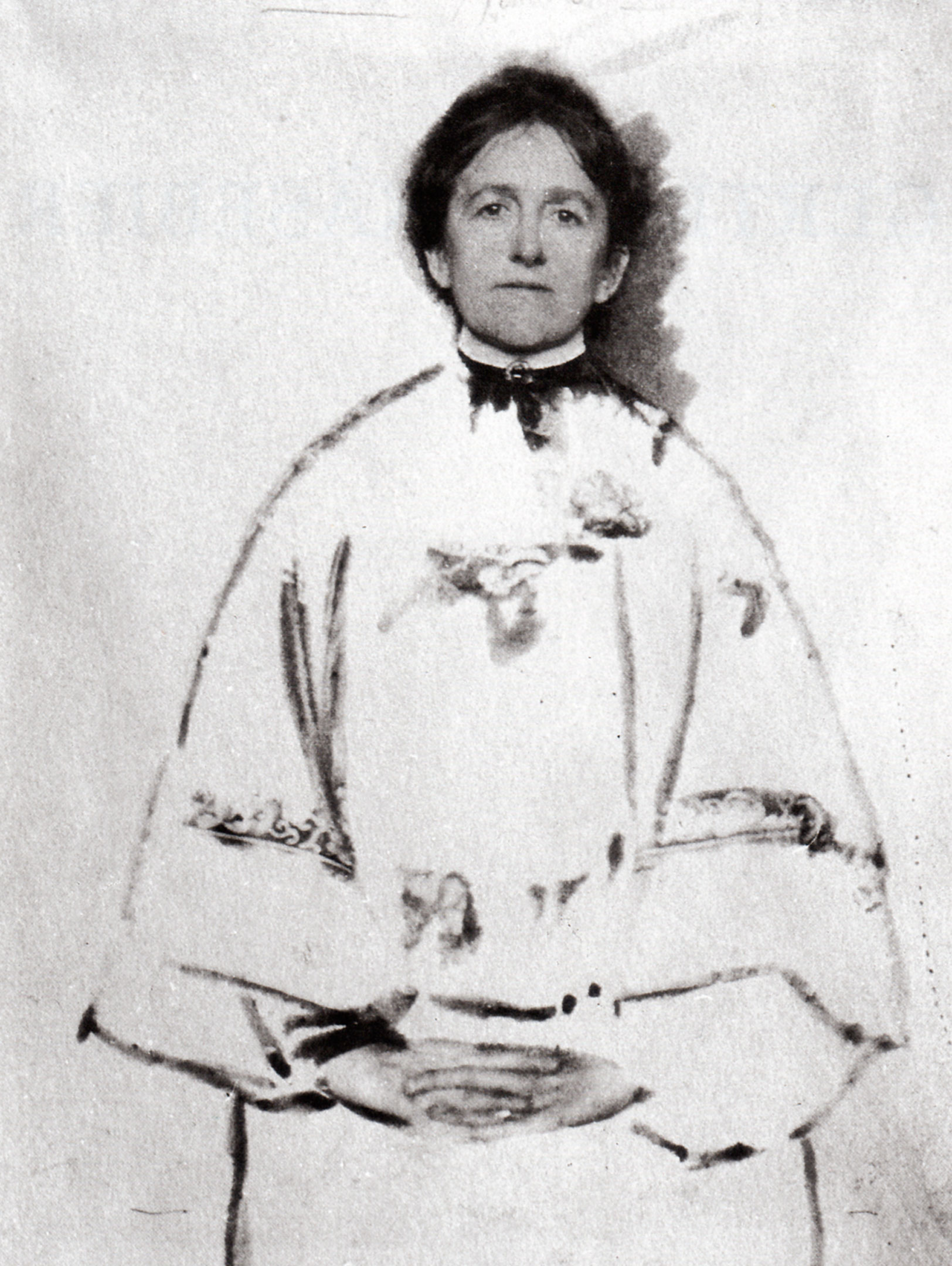It is Sunday and so we continue our special month with the collection of the National Museum of Women in the Arts. : )
In this photographic portrait by Gertrude Käsebier, miniaturist Eulabee Dix appears as an elegant, well-to-do lady rather than as a working artist.
The rich tonalities of Käsebier’s portrait pick out the sheen of the fur muff, plush of the velvet coat, and gossamer mesh of the veil. Such finery certainly alludes to Dix’s success. As in Me, her self-portrait rendered about a decade earlier, Dix gazes out directly at the viewer, assured and confident.
By the time she posed for Käsebier, Dix had established herself as a leading artist in the miniature revival. Indeed, Dix counted Käsebier among the illustrious sitters who sought her skilled watercolor-on-ivory portraits. Dix had a tumultuous life. She was very successful until 1929 and the stock market crash. The resulting depression were to affect Dix's work, as many of her former clientele had seen their fortunes wiped out. She had to move to a working-class neighborhood, she continued to dress in extravagant outfits, always wearing a hat and carrying a cane. When miniaturism went out of favor in the 1930s, she gave lectures on the art of miniature painting. She also adapted her techniques, turning to floral still life paintings, and large oil works. In 1956, aged 78, Dix sold her possessions and moved to Lisbon, Portugal, but then returned to the United States in 1961, moving in with her son and his wife in Woodbury, Connecticut. She died that year.
P.S. Today please check our Instagram account; we will share with you some amazing miniatures created by Eulabee. : )


 Gertrude Käsebier
Gertrude Käsebier